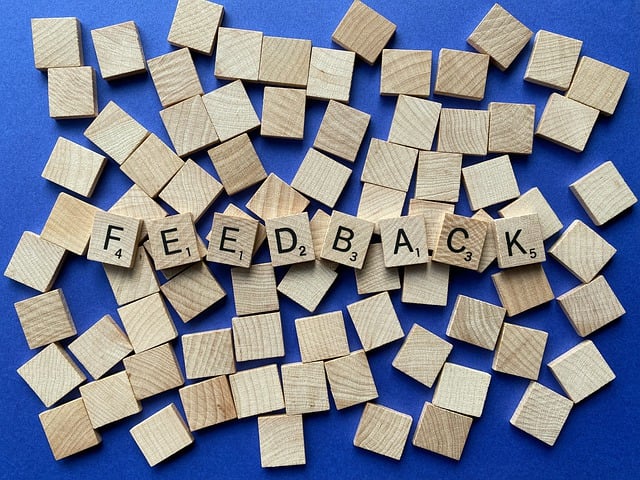For years, traditional methods have involved face-to-face sessions with speech-language pathologists (SLPs), manual assessments, and individualized intervention plans. While effective, these approaches can be time-consuming, expensive, and limited in accessibility. Enter artificial intelligence (AI)—a technology that is not only revolutionizing speech therapy but also making it more personalized, accessible, and efficient than ever before.

The Role of AI in Speech Therapy
AI technology leverages machine learning, natural language processing (NLP), and voice recognition to analyze and respond to speech patterns, offering real-time feedback and data-driven insights. These capabilities have the potential to complement traditional speech therapy methods in several transformative ways.

1. Automated Assessments
AI-powered tools can analyze speech patterns, identify articulation errors, and assess fluency with remarkable accuracy. For example, apps like *Speech Blubs* or *VocaliD* use AI to evaluate pronunciation and provide instant feedback, enabling both therapists and patients to track progress efficiently. Automated assessments save time for SLPs, allowing them to focus more on intervention strategies rather than routine evaluations.
2. Personalized Therapy Plans
AI can tailor therapy plans to the unique needs of each individual. Machine learning algorithms analyze data from speech assessments to create targeted exercises and suggestions for improvement. For children with speech delays or adults recovering from a stroke, this personalized approach ensures that therapy remains engaging and effective.

3. Remote Therapy and Accessibility
One of the most significant advantages of AI in speech therapy is its ability to bridge the gap in access to care. Rural areas or regions with a shortage of SLPs can now rely on AI-powered teletherapy tools. Platforms such as *LingoSpeech* or *Articulation Station* offer virtual sessions, enabling individuals to practice speech exercises from the comfort of their homes. This accessibility is especially critical for underserved communities or individuals with mobility challenges.

4. Real-Time Feedback
Practicing speech exercises outside of therapy sessions can be challenging without guidance. AI tools like *Elsa Speak* or *Say It: English Pronunciation* provide real-time corrections, encouraging consistent practice and reinforcing progress. This immediate feedback loop boosts confidence and ensures that individuals are practicing correctly, even without an SLP present.
5. Data-Driven Insights
AI not only helps with therapy but also enhances the ability to track progress over time. By analyzing large datasets, AI can identify trends and provide actionable insights, helping therapists adjust intervention strategies as needed. This data-driven approach ensures that therapy remains dynamic and responsive to the patient’s evolving needs.

Benefits for Speech-Language Pathologists
While some might worry that AI could replace human therapists, the truth is that AI serves as an enhancement, not a replacement. By automating repetitive tasks like assessments and data analysis, SLPs can devote more time to the human aspects of therapy—building rapport, addressing emotional needs, and designing creative intervention strategies.
Moreover, AI tools can serve as valuable teaching aids, helping therapists expand their repertoire of exercises and activities. They also make it easier to involve parents and caregivers in the therapy process, providing them with tools to support their loved ones at home.
Challenges and Ethical Considerations
Despite its promise, the integration of AI into speech therapy comes with challenges. Data privacy and security are critical concerns, as speech therapy involves sensitive personal information. Developers and providers must ensure that AI tools comply with stringent privacy regulations, such as HIPAA in the United States.

Additionally, not all AI tools are created equal. Variations in quality, accuracy, and cultural or linguistic inclusivity can limit the effectiveness of some applications. For instance, many AI-powered speech tools are designed primarily for English speakers, leaving non-English-speaking populations underserved.
Finally, while AI can augment therapy, it cannot replace the empathy, creativity, and nuanced understanding that human therapists bring to their practice. Striking the right balance between human expertise and technological innovation is key to ensuring the best outcomes.
Exciting Things Ahead!
The integration of AI into speech therapy is an exciting development that holds immense promise for improving outcomes and expanding access to care. By enhancing traditional methods with cutting-edge technology, AI is helping individuals overcome speech challenges and empowering SLPs to deliver even better care.
While challenges remain, the future of AI in speech therapy is bright. As we continue to refine and innovate, this powerful technology will undoubtedly play an increasingly vital role in helping people find their voices—literally and figuratively.